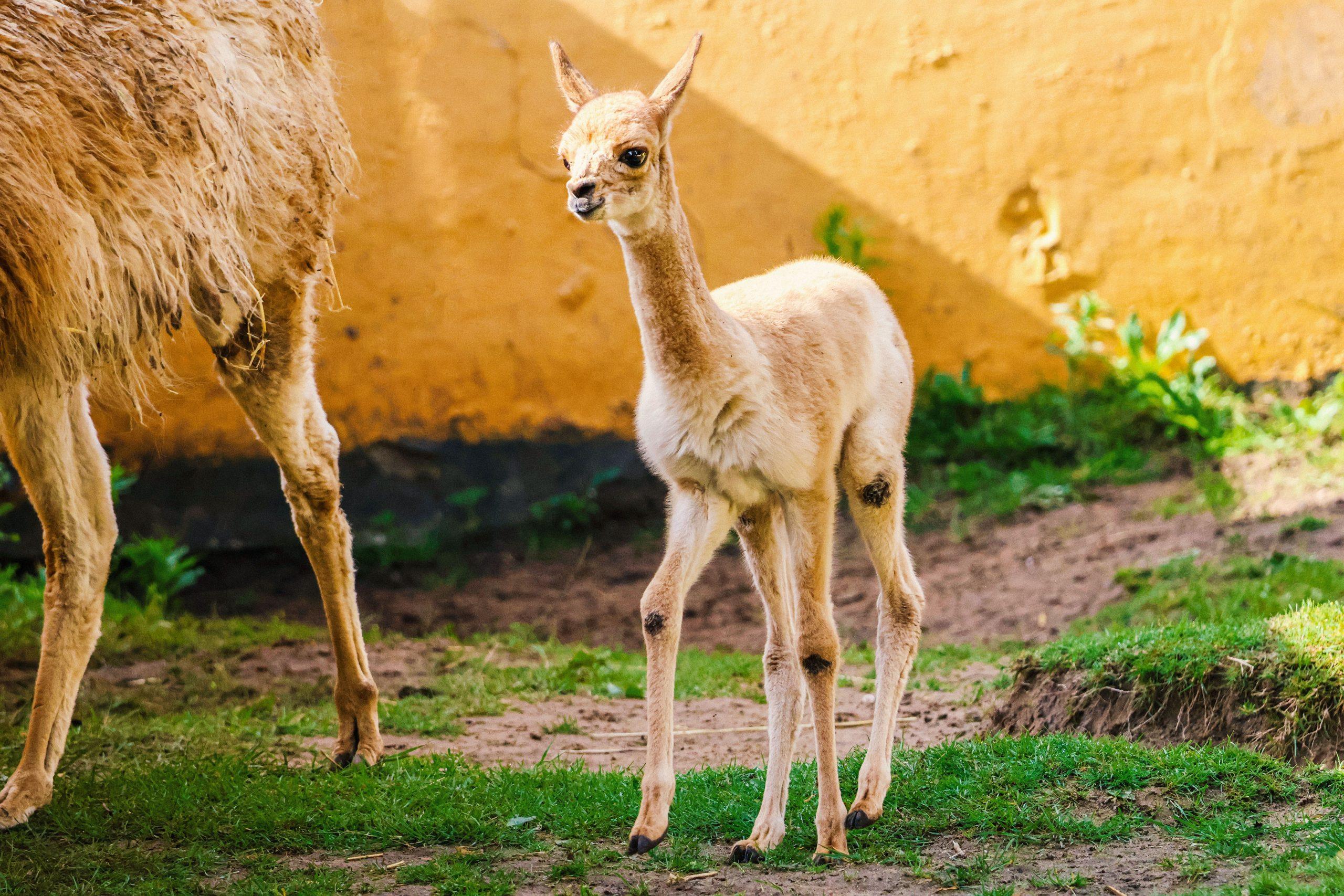Exploring Twycross Zoo: A Hub for Conservation and Education

Introduction to Twycross Zoo
Twycross Zoo, located in the heart of Leicestershire, has become an essential focus for wildlife conservation and education since its establishment in 1963. With over 500 animals from 150 species, including some of the world’s rarest primates, the zoo plays a vital role in species preservation and public awareness of conservation challenges.
Recent Developments and Highlights
In recent years, Twycross Zoo has launched several initiatives aimed at enhancing animal welfare and enriching visitor experiences. One notable project is the expansion of the zoo’s habitats to provide a more natural environment for its inhabitants. The ‘World of Dinosaurs’ exhibit, which opened in 2021, offers an immersive experience for guests, showcasing life-size dinosaur models alongside educational exhibits about evolution and extinction. In addition, Twycross Zoo has invested in sustainability practices, such as reducing plastic use and improving energy efficiency throughout the park.
Conservation Efforts
The zoo is actively involved in important conservation projects, both locally and globally. Twycross Zoo participates in breeding programmes for endangered species, contributing to efforts aimed at increasing populations of animals such as the Western lowland gorilla and the Asiatic lion. The zoo also collaborates with international organisations to support wildlife conservation in natural habitats, focusing on education and research to combat poaching and habitat loss.
Visiting Twycross Zoo
Open all year round, Twycross Zoo welcomes visitors of all ages. With a variety of educational programmes, animal encounters, and events throughout the year, the zoo aims to inspire a love for wildlife conservation. Annual visitation numbers have steadily increased, reflecting a growing public interest in biodiversity and animal welfare. The recent implementation of online ticketing systems and enhanced visitor facilities demonstrates Mount Twycross Zoo’s commitment to improving the visitor experience while adhering to health and safety protocols.
Conclusion
Twycross Zoo is more than just a place to observe animals; it is a leading institution in conservation and education. As wildlife faces numerous threats, the role of such establishments becomes increasingly pivotal. By supporting Twycross Zoo, visitors not only enjoy an enriching experience but also contribute to vital conservation efforts. As the zoo continues to evolve, it remains a beacon of hope for animal species and a reminder of the activities needed to preserve our planet’s biodiversity.
